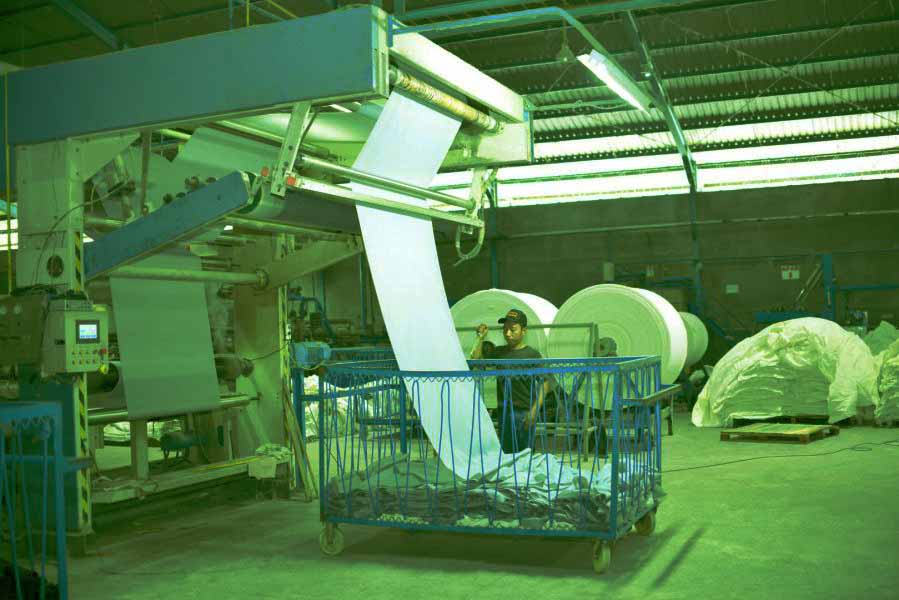Harnessing the Potential: Continuous Dyeing at Garuda Solo Perkasa

The Indonesian textile industry continues to evolve, driven by innovation and a commitment to efficiency. Among the key players in this landscape is Garuda Solo Perkasa, a company steadily embracing advanced techniques to optimize its production processes and enhance product quality. A notable advancement being implemented is the adoption of continuous dyeing, a transformative process offering significant advantages over traditional batch dyeing methods.
Continuous dyeing, as the name suggests, involves the continuous application of dye to a moving web of textile material. This streamlined approach contrasts sharply with batch dyeing, where fabric is immersed in a dye bath for a predetermined period. The benefits of continuous dyeing are multifaceted, offering a compelling case for its integration into modern textile manufacturing.
For Garuda Solo Perkasa, the implementation of continuous dyeing translates into several key improvements. Firstly, increased production efficiency is a significant outcome. The continuous nature of the process allows for a higher volume of fabric to be dyed in a shorter period, reducing downtime and accelerating the overall production cycle. This enhanced throughput directly contributes to improved profitability and the ability to meet increasing market demands.
Secondly, continuous dyeing offers superior color consistency. The precise control afforded by the process minimizes variations in shade and tone across large fabric runs. This is particularly crucial for Garuda Solo Perkasa, where maintaining a consistent aesthetic across its product lines is paramount. The elimination of batch-to-batch variations ensures a higher quality final product, strengthening brand reputation and customer satisfaction.
Furthermore, the implementation of continuous dyeing can lead to reduced water and energy consumption. Compared to traditional batch dyeing, continuous processes often utilize more efficient application methods and require less water for rinsing and cleaning. This reduction in resource utilization aligns with Garuda Solo Perkasa's commitment to sustainable manufacturing practices and contributes to a smaller environmental footprint.
However, the transition to continuous dyeing is not without its challenges. It requires a significant capital investment in specialized equipment and demands a highly skilled workforce capable of operating and maintaining the complex machinery. Moreover, the optimal dye selection and process parameters need to be carefully calibrated to achieve the desired color and fastness properties for the specific fabric being processed.
Despite these challenges, the potential benefits of continuous dyeing for Garuda Solo Perkasa are undeniable. By embracing this advanced technology, the company is positioning itself for continued growth and success in the competitive Indonesian textile market. The increased efficiency, improved color consistency, and potential for reduced resource consumption offered by continuous dyeing provide a powerful foundation for sustainable and profitable operations. As Garuda Solo Perkasa continues to refine and optimize its continuous dyeing processes, the industry can expect to see further advancements in product quality and efficiency from this leading textile manufacturer.
